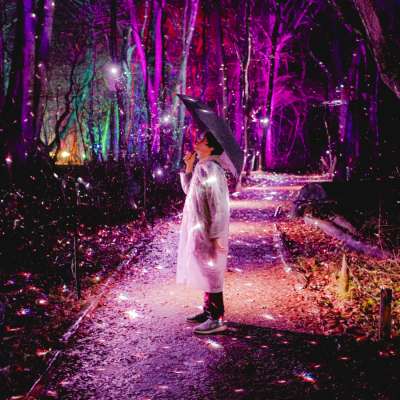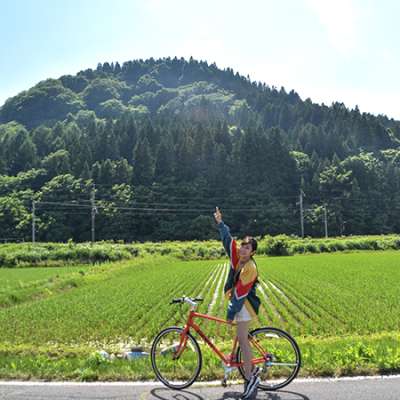Use the
Planning a Trip to Japan?
Share your travel photos with us by hashtagging your images with #visitjapanjp
HOME > Tohoku Colors > Cultural Voyager
About this Tohoku travel
Glittering seascapes, soaring mountains, fast-flowing rivers and open farmland: the Tohoku region in the northeast of Japan’s main island of Honshu boasts all these sights and more. Beyond its scenery, the region charms with the warmth of its people and the depth of its culture.
Follow Tim Northey, an Australian photographer and filmmaker enamoured with the Japanese countryside, as he explores three of the six prefectures that make up this diverse region. Discover the culture that both shapes and is shaped by the landscape as Tim captures the beauty of the region on film, and come away with a deeper understanding and appreciation of what makes Tohoku so special.
Written by Helen A. Langford-Matsui
The Diverse Landscapes of Tohoku
Japan’s urban centres draw visitors with their bright lights and curious combination of traditional and futuristic sights. The countryside is less flashy, but no less magnificent. For Tim, who has visited Japan four times and calls it his “favourite place in the world to visit and photograph,” the countryside is just as integral to understanding Japan. “I still love Tokyo and Kyoto,” he shares, “but to truly experience all of Japan’s wonder, you really need to explore outside the major cities.”
Do just that by heading north to Miyagi Prefecture. The prefectural capital, Sendai, is just 90 minutes from Tokyo by Shinkansen (bullet train). From there, another 30 minutes will take you to the seaside town of Matsushima, home to several important cultural sites and Matsushima Bay—considered one of the Three Most Scenic Spots of Japan—dotted with 260 small pine-covered islands.
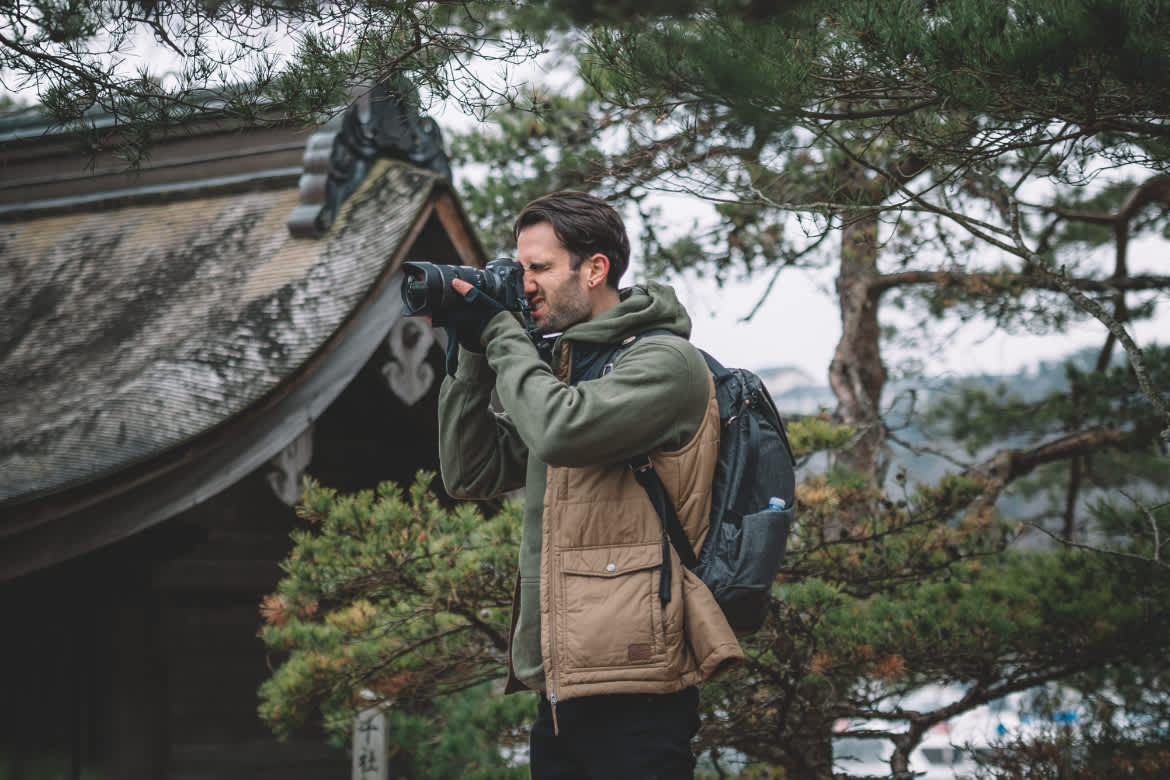
Cross the short vermillion bridges that connect the seashore to Godaido Temple, the symbol of Matsushima. The temple was built in 1604 by the powerful lord of the Sendai domain, Date Masamune (1567–1636), and is a designated Important Cultural Property. Other islands accessible by bridge and begging to be explored include Fukuurajima and Oshima. Admiring the sights from the water on a sightseeing boat tour is also an option.
Matsushima Bay—a member of the Most Beautiful Bays of the World club—is also famous for its seafood, which can be ogled and enjoyed at Shiogama Seafood Wholesale Market, located just a short train ride from Matsushima in the port town of Shiogama.
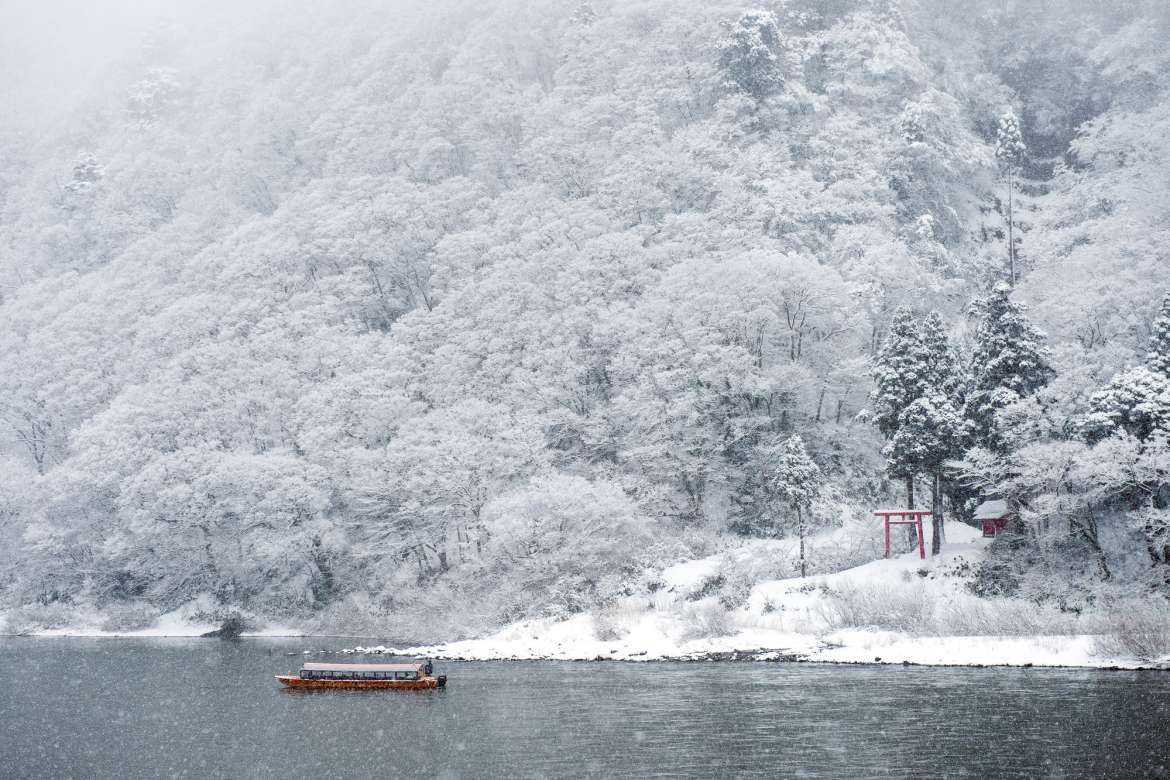
Travelling from Miyagi’s seaside to Tohoku’s interior, leave behind the calm blue waters of Matsushima Bay for the swiftly flowing current of Mogami River, which runs through nearby Yamagata Prefecture, and is one of the fastest flowing rivers in Japan.
Once an important trade route for transporting rice and safflower to the Sea of Japan, the river winds through a pristine wilderness of forested hills, occasionally punctuated by tumbling waterfalls. Explore this historical route with a boat ride down a 12-kilometre stretch of the river, from Furukuchi to Kusanagi Port.
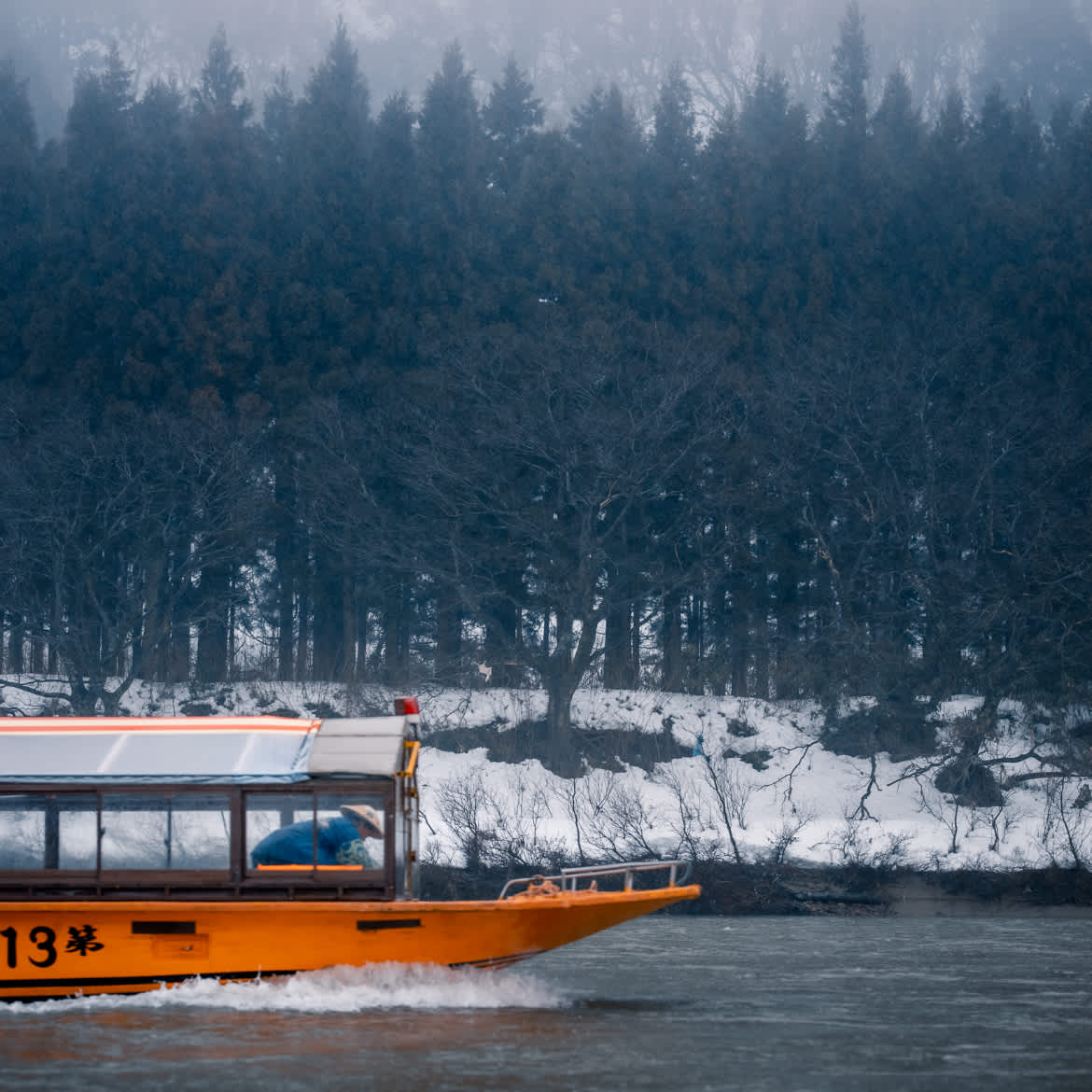
One-hour tours led by guides in traditional garb providing explanations and entertainment are available year-round. Seasonal sights along the riverside include spring’s blush-coloured cherry blossoms, summer’s variegated green leaves, autumn’s blazing foliage and winter’s snow-covered landscapes. Don’t worry about getting chilled during a wintertime ride, as kotatsu (heated tables) will keep you toasty-warm while you watch the frosty scenery go by.
Though Tim’s wintertime visit was rather rainy, he still has the warmest memories of the experience. In addition to receiving excellent care following a slip and fall on the ice, Tim was also delighted by the irrepressible spirit of his guide. “Despite the rain, you could not wipe the smile off our guide’s face as we rode down the river. His joyful attitude helped make it an even more memorable experience for me regardless of the weather.”
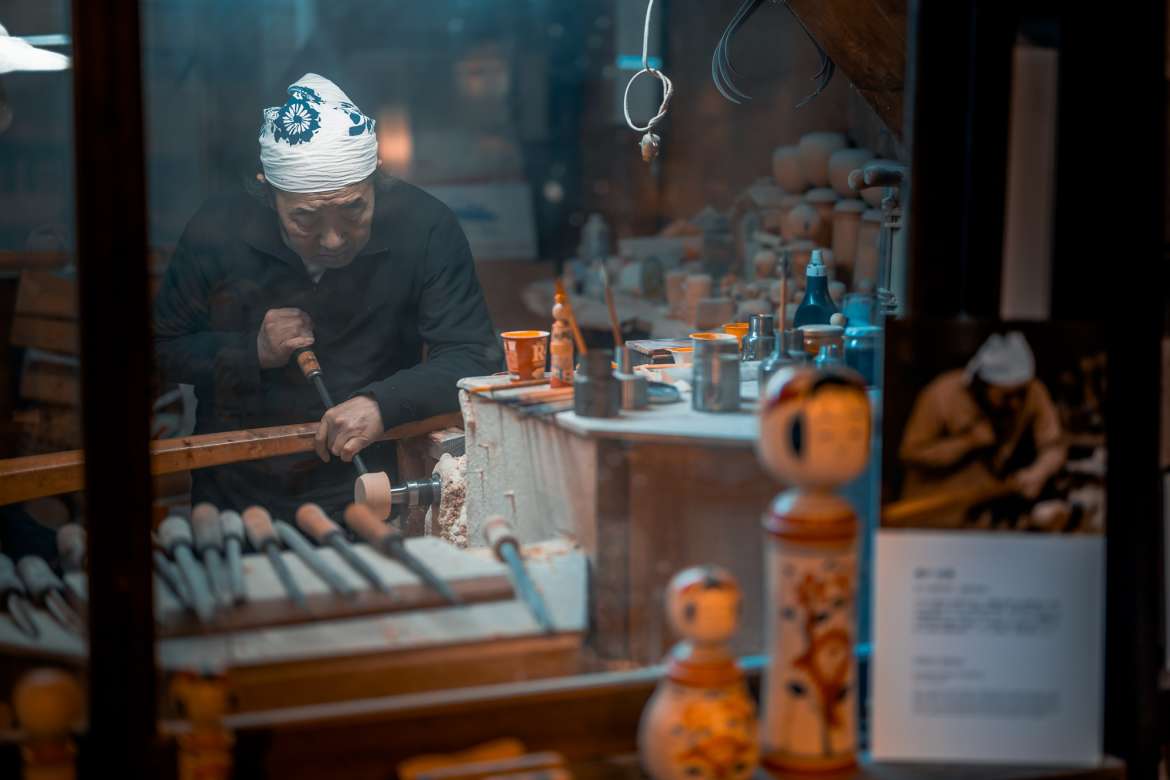
A Land and Culture Sculpted by Feudal Lords and Craftsmen
The Tohoku region owes much of its agricultural success to feudal lords who prioritised land improvement and city building. In Miyagi Prefecture, it is Date Masamune to whom thanks are due. Masamune—sometimes called the “one-eyed dragon of Oshu” and recognisable by his crescent-moon shaped helmet ornament—was not only interested in land improvement and development, but also curious about the world beyond the Japanese archipelago, sending representatives to Europe in 1613.
Masamune and the Date family are connected to a number of historical sites in Tohoku, including several in Matsushima. In addition to exploring Godaido Temple on the Matsushima Bay seashore, be sure to pay a visit to the massive Zuiganji Temple, a National Treasure and Important Cultural Property. Masamune had it reconstructed in the early 17th century to be used as his family temple.
A short walk away you will also find the Kanrantei Teahouse, which was once part of a complex of buildings that belonged to the Date family and Entsuin Temple, and houses the mausoleum of Masamune’s grandson.
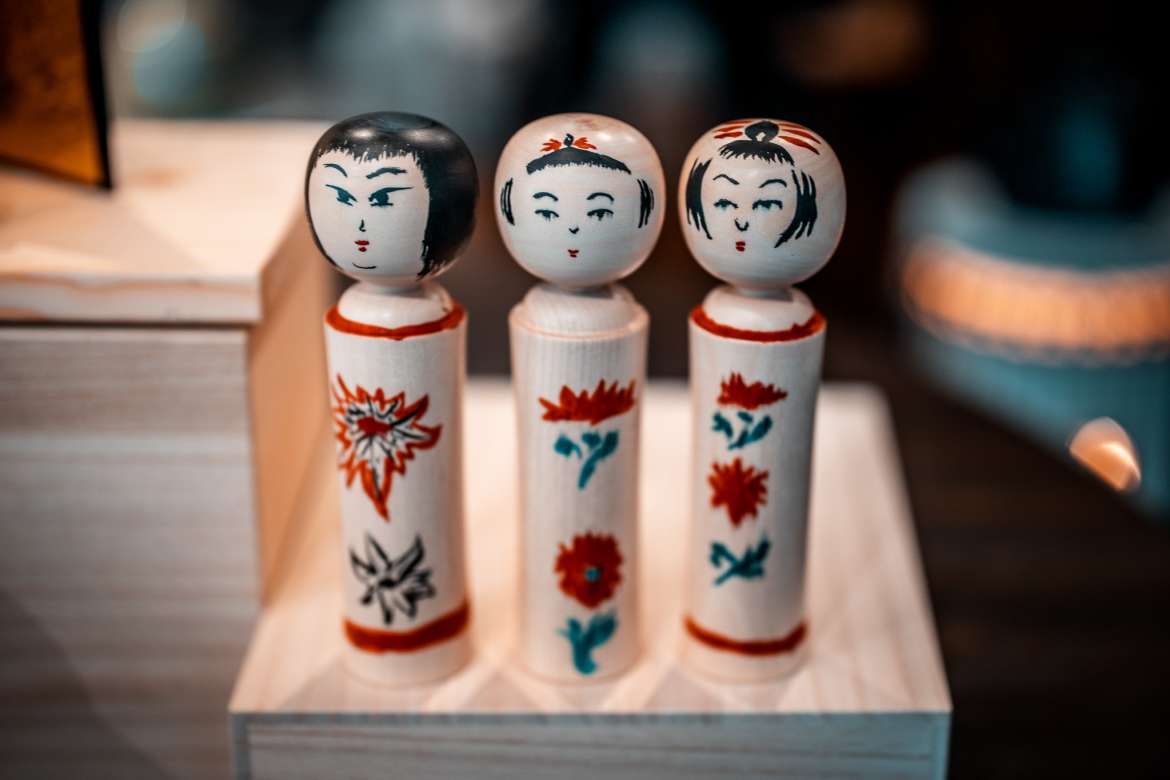
However, feudal lords are not the only ones who helped shape Tohoku. Local craftspeople and artisans have had their own enduring effects on the land and its culture. For instance, woodworkers using scraps of wood to make children’s toys during the Edo period (1603–1867) created one of the charming symbols of the region—kokeshi dolls.
Kokeshi are painted wooden dolls, which are hand-shaped on a lathe. Popular souvenirs found in hot-spring towns throughout the region, the dolls’ shapes and painted designs vary depending on their place of origin, with 11 distinct regional styles.
Miyagi’s Naruko Onsen, a hot spring village located in the north of the prefecture, is the birthplace of one of the best-known styles: the Naruko kokeshi. Made of two pieces of wood, the doll makes a squeaking noise when its head is turned.
Not only can you purchase a finished kokeshi to take home, but also visit one of the many workshops that offer kokeshi-painting experiences, where you can create a one-of-a-kind doll.
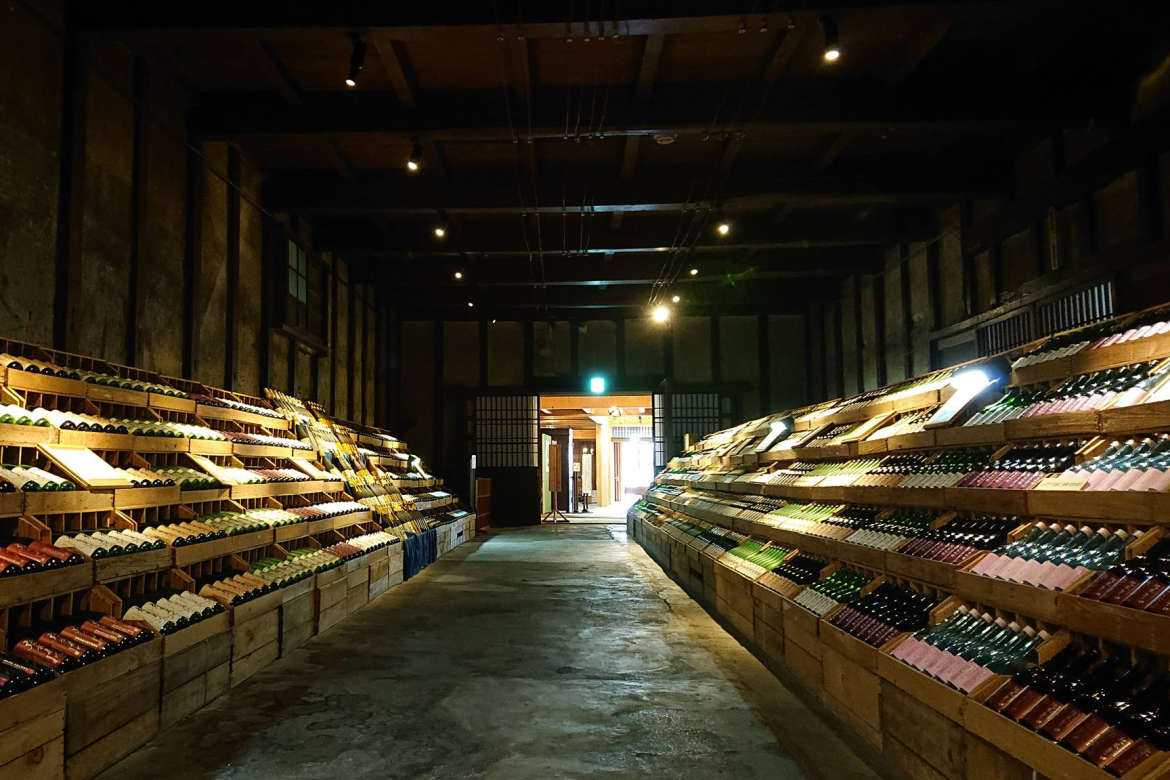
The Tohoku region’s agricultural prowess is bolstered by its reputation for producing top-quality rice. While much is eaten, not all of the grain is destined for the nation’s rice cookers—many paddies produce rice grown specifically for nihonshu, meaning sake!
Dive into regional sake with a visit to the Yamatogawa Shuzo brewery in northern Fukushima Prefecture. Take a brewery tour with one of Yamatogawa’s knowledgeable guides to discover some of the best nihonshu Fukushima has to offer—and have a chance to taste it too!
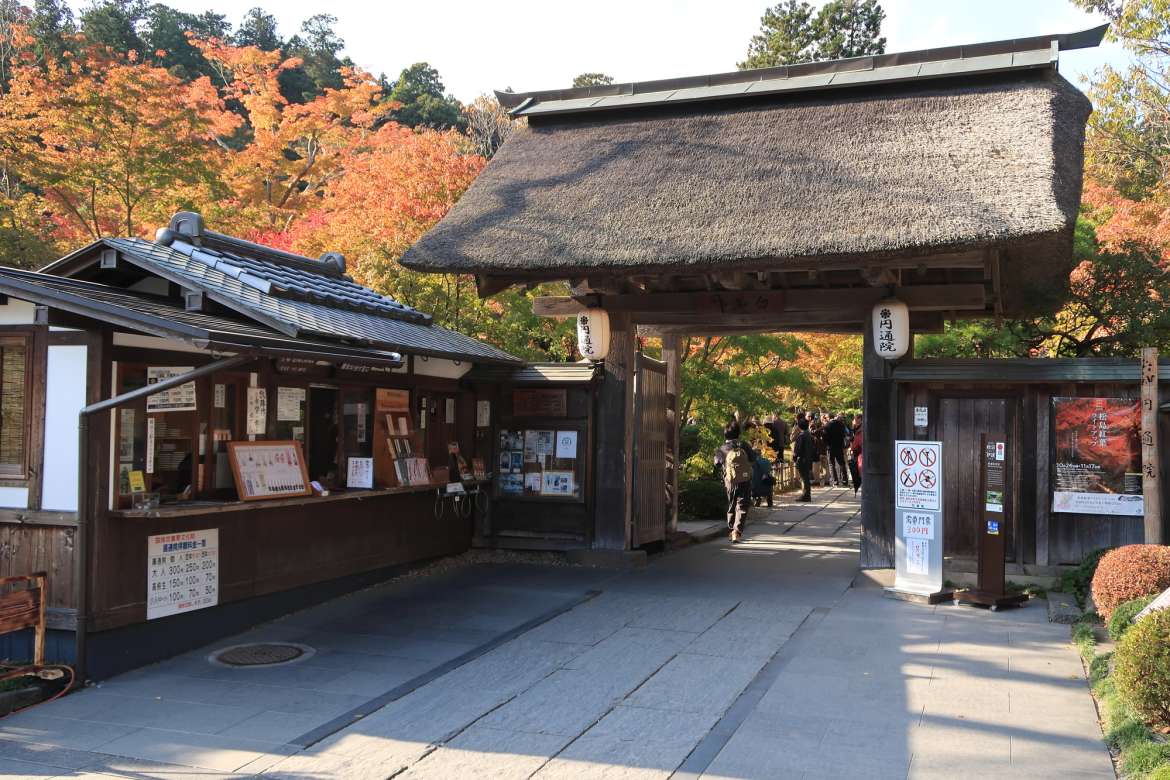
Tim’s Favourite Spots
One of Tim’s favourite temples in Tohoku is Entsuin in Matsushima. Located next to Zuiganji, the Date family temple, Entsuin was built to memorialise Date Mitsumune (1627–1645), grandson of the powerful Lord Masamune.
On the temple grounds, you will find Sankeiden, the mausoleum dedicated to Mitsumune. A close look at the interior ornamentation of this designated Important Cultural Property will reveal unusual European-inspired patterns, a legacy of the diplomatic mission Masamune sent to the continent.
Entsuin has four gardens to explore and is particularly enchanting in spring when the rose garden is in bloom and also in autumn when the season’s colourful foliage is lit up after dark.
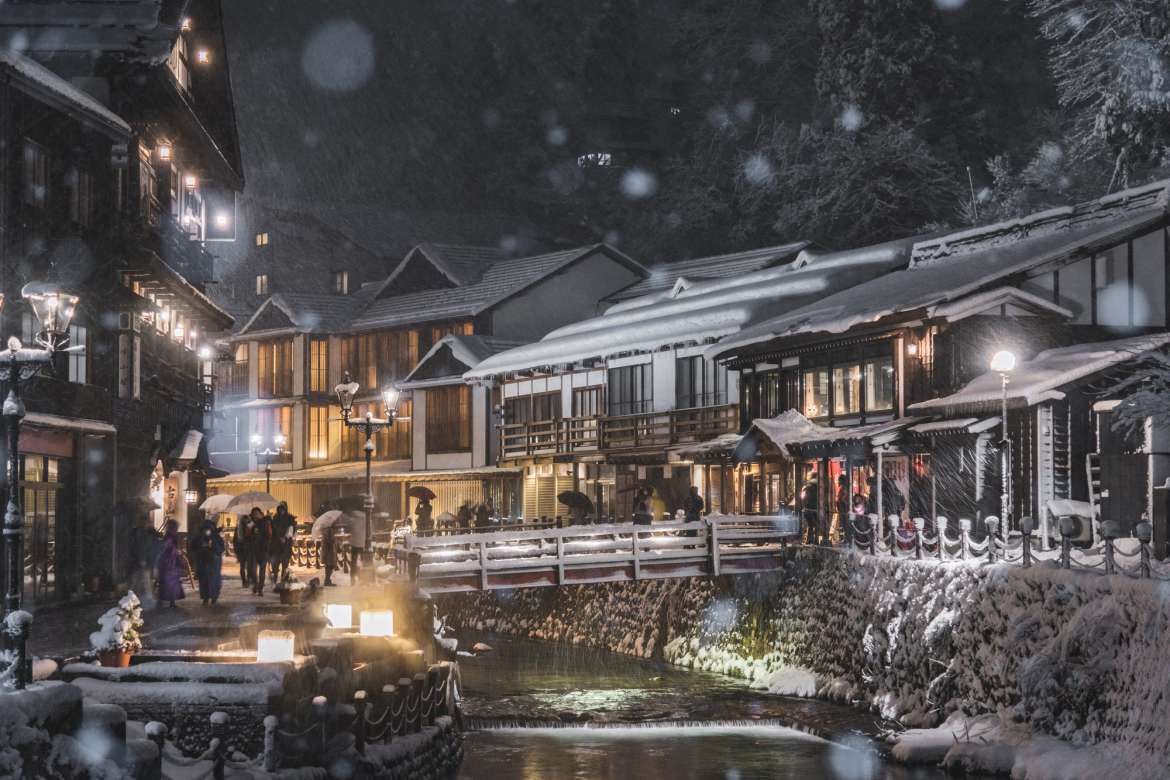
Yamagata Prefecture’s photogenic Ginzan Onsen hot spring area enchants with wooden ryokan (traditional inns) lining the banks of the Ginzan River. In winter, the area’s heavy snows blanket the town, lit up by classic traditional lamps.
Between the scenery and the heavenly hot water, it’s easy to understand why Ginzan Onsen is one of the prefecture’s most popular hot spring retreats. Spending a night or more soaking in the steaming waters is the perfect pick-me-up after busy days spent exploring.
For Tim, Tohoku is a must-visit. “It is an absolutely beautiful part of Japan,” he says, “with the friendliest people, as well as rich history and stunning landscapes.” Journey to Tohoku and discover what Tim has—a region brimming with beauty, culture and kindness, all just an easy train ride from Tokyo.
Spot Details
-
Matsushima Bay (Matsushima Tourism Association)(MAP①)
98-1 Chonai, Matsushima, Matsushima, Miyagi District, Miyagi Prefecture 981-0213
For more information
-
Mogami River Boat Ride (Mogamikyo Bashorain Kanko Corporation)(MAP②)
86-1 Furukuchi, Tozawa, Mogami District, Yamagata Prefecture 999-6401
For more information
-
Yamatogawa Sake Brewery(MAP③)
4761 Teramachi, Kitakata, Fukushima Prefecture 966-0861
For more information
-
Entsu-in Temple(MAP④)
67 Chonai, Matsushima, Matsushima, Miyagi District, Miyagi Prefecture 981-0213
For more information
-
Ginzan Onsen (Ginzan Onsen Tourist Information Centre)(MAP⑤)
429 Ginzanshinhata, Obanazawa, Yamagata 999-4333
For more information
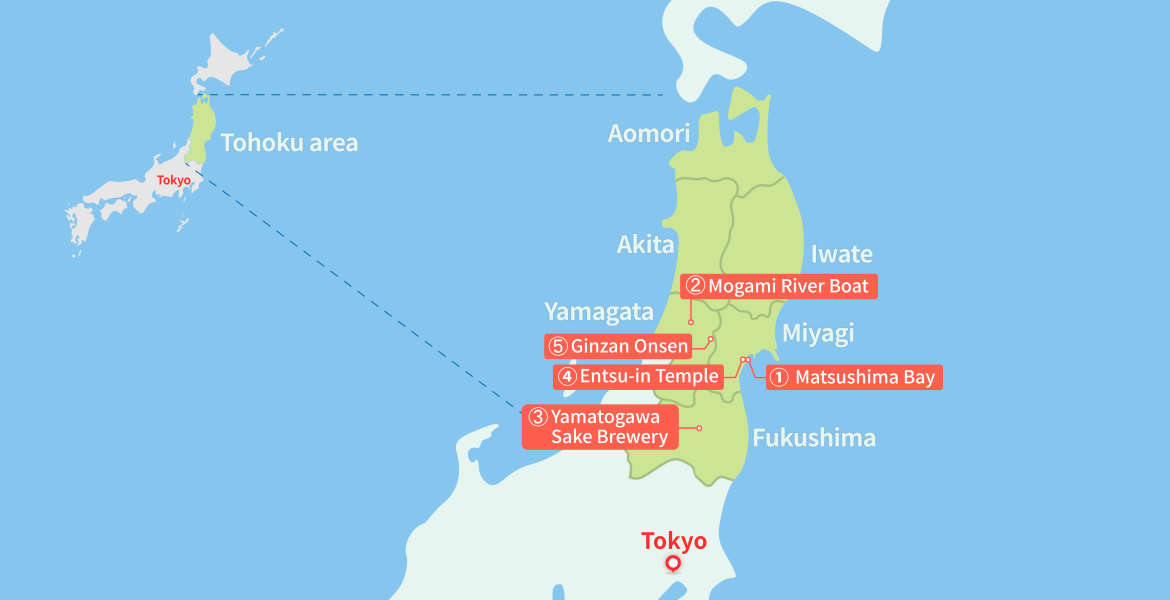
About Tim Northey

Tim Northey
JTim is a passionate photographer from Sydney, Australia and an all-round lover of Japan.
He is inspired by the world around him, exploring new places and meeting new people.

































































